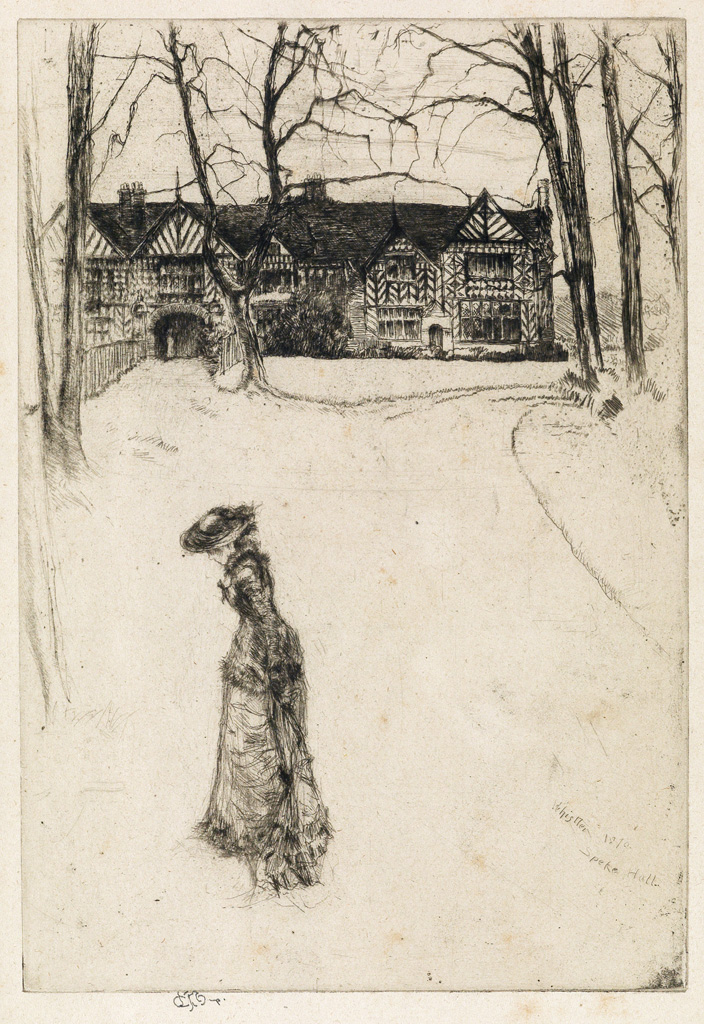Sale 2437 - Lot 92
Unsold
Estimate: $ 50,000 - $ 80,000


Aliquam vulputate ornare congue. Vestibulum maximus, libero in placerat faucibus, risus nisl molestie massa, ut maximus metus lectus vel lorem.